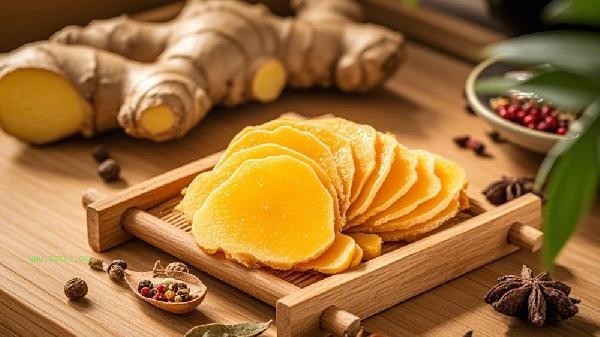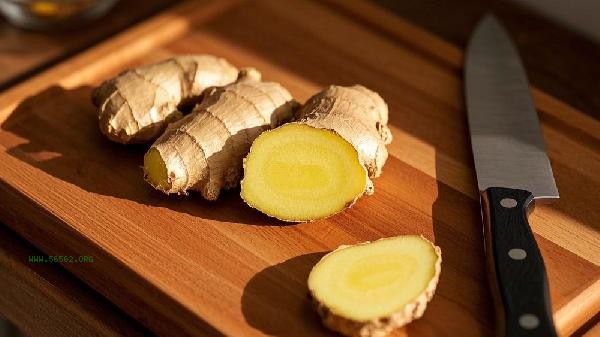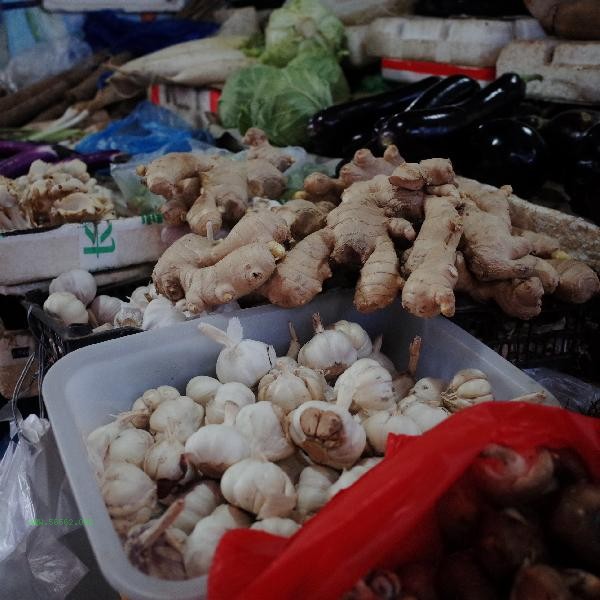Mixing fake honey with ginger may result in darkening of color, abnormal odor, or precipitation. False honey is usually blended with syrup, essence and other ingredients, which may react with the active ingredients in ginger, causing sensory changes or reducing nutritional value. Fake honey lacks enzymes and polyphenols found in natural honey, and when mixed with components such as gingerols and volatile oils in ginger, it may accelerate oxidation reactions. The spicy components of ginger can disrupt the stability of fake honey, causing the mixed liquid to form layers or flocculent substances. Some fake honey contains additives such as alum, which may release aluminum ions when heated with ginger, forming visible suspended particles. Some industrially produced fake honey may contain the preservative sodium benzoate, which, when combined with organic acids in ginger, can produce benzoic acid crystals. This crystalline substance may irritate the gastrointestinal mucosa, and sensitive individuals may experience discomfort such as nausea and abdominal pain after consuming it. Proteases in ginger may also break down thickeners in fake honey, leading to a significant decrease in liquid viscosity.

It is recommended to purchase honey products with testing reports through legitimate channels to avoid using fake honey with unknown ingredients. When consumed in daily life, pure honey can be paired with fresh ginger, and brewing with warm water can help retain nutrients. If abnormal discoloration, odor, or texture changes occur when honey is mixed with ginger, it should be immediately stopped from consumption. Special groups, such as diabetes patients and those with allergic constitution, should reasonably match the ingredients under the guidance of nutritionists.










Comments (0)
Leave a Comment
No comments yet
Be the first to share your thoughts!